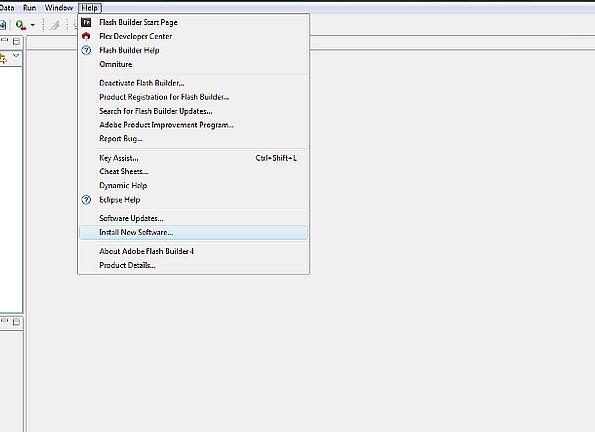

If there is no Eclipse IDE present on the system, then we can directly install Eclipse CDT by downloading the Eclipse CDT package. For more information, refer to the WSL section. You can also create an Ant project and store it in the WSL environment or open it from the WSL file system. Open the Installed tab, find the Ant plugin, and select the checkbox next to the plugin name. To see the official plan for Eclipse, including committed Ant items go here. Once the plug-in is installed, we are ready to begin C/C++ development using Eclipse IDE. Press Ctrl+Alt+S to open the IDE settings and select Plugins. Items mentioned in the plans are not guaranteed to be found in a release. This will trigger the Eclipse Marketplace client with the Eclipse Checkstyle Plugin being pre-selected for installation. The plans listed in this section are unofficial documents used by the Ant community to help with the planning process. Install Drag&Drop the link above to a running Eclipse instance (2020-09 or higher version). The goal of this component is to make Eclipse's Ant tooling the environment of choice for Ant users and support Eclipse-based developers in their product build requirements.Providing Ant buildfile development facilities (e.g., buildfile editors, debuggers.Providing UI support for running Ant buildfiles and managing their output.Enabling access to Eclipse resources/function from Ant buildfiles (i.e., providing Ant tasks for Eclipse).It exists independent of Eclipse as an Apache open source project. In theory it is kind of like make without make's wrinkles. The Platform Ant project is designed to bring the power of Ant and Eclipse together.


 0 kommentar(er)
0 kommentar(er)
